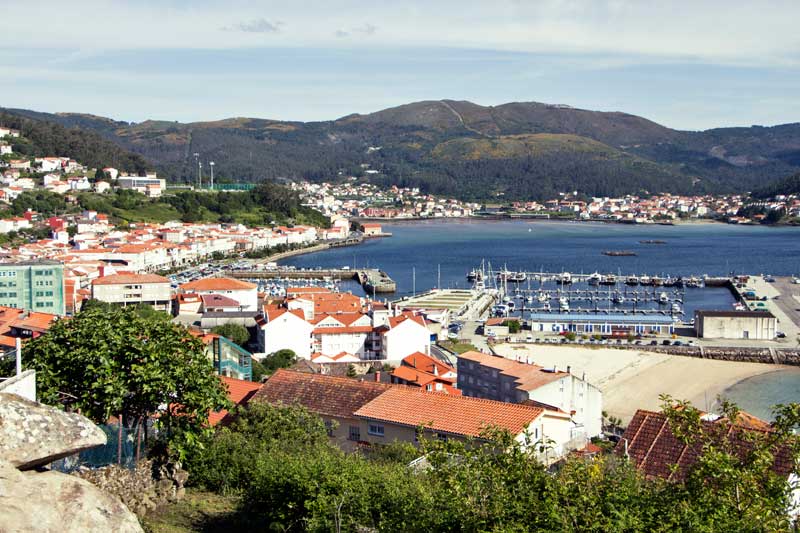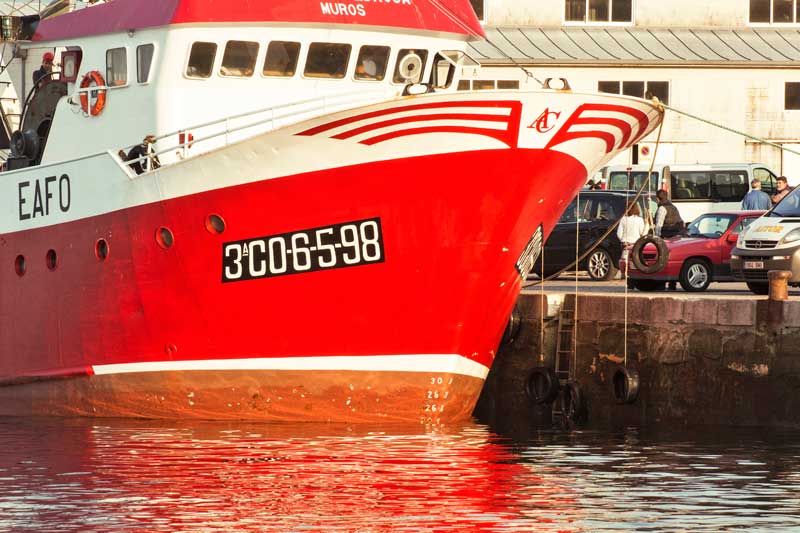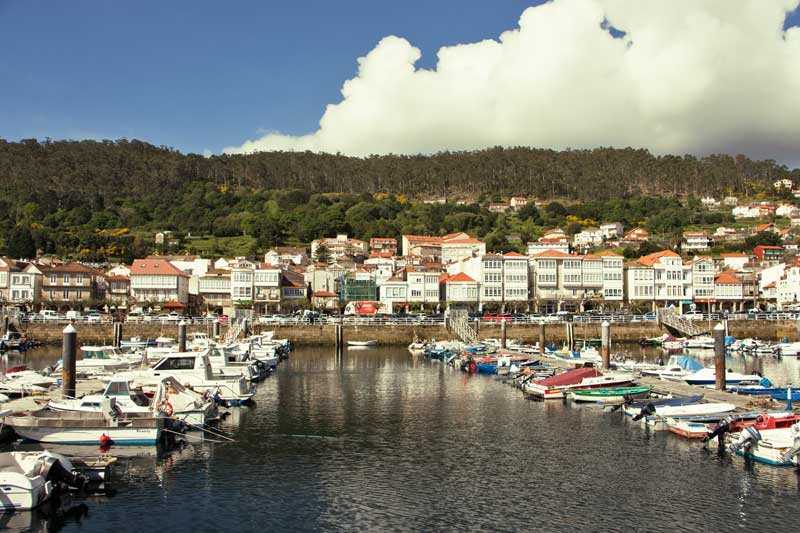
Muros is, above all, a port. Its gaze has always been fixed on the sea. From the seafront alleyways climb, becoming pathways on the hillside, where we find at every turn, like saltwater splashes, traces of a culture tied to the Bay.

Towards the end of the Middle Ages, its proximity to Compostela and the rich fishing made Muros the third most important town of the Galician coast. The chronicles mention, in 1488, a population of 1,000 residents, implying between 4,000 and 5,000 inhabitants, a large number for the time.
In the following centuries, up until the Napoleonic invasion, descriptions can be found that allude to the size of the port and fleet. However, Muros was to suffer through hard times: pestilence, famine and naval attacks touched the lives of several generations. Although its importance would decrease compared with other ports, Muros continued to be a fishing power, with its population closely linked to the sea. Alongside the majority of fishermen, many “muradanos” made a living from the sea as merchant crew, netmakers or fish dealers.

Today, Muros’s fish market still allows us to enjoy the flavours of the sea. Although sardines barely make an appearance, there is much choice for our palate. The new king of fish is undoubtedly horse mackerel, “jurel” or “xurelo”. Species like the boga and the “xarda” (mackerel) come next, but the wealth is limitless: jack, whiting, hake, eel, squid, ray, razor clams, clams, cockles...

Leaning over it are the waterfront buildings, preserving the historical layout of arcades, alleys and squares. It is one of the best-preserved fishing villages on the Galician coast. From the harbour we see the long facade of galleries and arcades: the beach used to go right up to them. The old town centre of Muros has been a listed Historic Site since 1970.